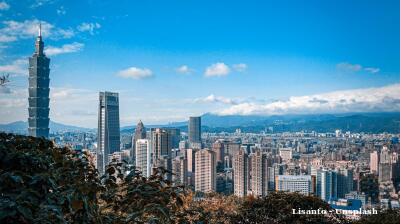Argentine financial markets slumped on April 7 as a result of the “Liberation Day” tariffs implemented by US President Donald Trump. The S&P MERVAL Index lost 1.3%, debt bonds fell more than 5%, while country risk rose from 925 to 960 basis points, and alternative dollars gained up to ARS 35, La Nacion reported.
Stock markets were shaken by Trump's decision to raise tariffs on China to 34% (and to a lesser extent on the rest of the world, for example, 10% on Argentina), as well as Beijing's counteroffensive, which will do the same on imported products from the United States starting April 10.
Clarín noted that locally, Argentine stocks across the board lost more than 7%, with almost all of them in the red. The sharpest decline among ADRs listed in New York is that of Corporación América, which lost 6.6%. Argentine sovereign bonds in dollars also did not escape the global negativity, with the Global 2029 bond losing 3.1% and the Global 2030 bond falling by 2.1%. The sharpest declines were in the long-term segments of the bond curve: the Global 2035 bond fell 5.1%, the Global 2046 bond fell 4.2%, and the Global 2041 bond fell 5.9%.
These declines come after President Javier Milei's trip to the US, where a meeting between him and Trump failed to materialise due to what Argentine media described as "scheduling complications."
The latest market turbulence places additional pressure on Argentina's economic recovery efforts as it navigates complex negotiations with the IMF. Apart from ideological affinities, Trump's support for Argentina's impending new $20bn deal – which adds to the outstanding $44bn programme with the fund – could be contingent on Milei distancing the country from China, potentially requiring an end to the $5bn currency swap agreement with Beijing. This geopolitical dimension adds another layer of complexity to Argentina's already precarious financial situation, with the government now caught between appeasing its largest trading partner and securing crucial support from Washington.
News

Turkey sells purebred Arabian foal Ergunes in online auction
State agricultural organisation TIGEM turning a notable profit breeding and raising champion horses.

North Macedonia ranks highest in emerging Europe for greenfield FDI performance
With under 2mn inhabitants and 2024 GDP of $16bn, the country punches well above its weight as an FDI destination, finds fDi Intelligence.

European beekeepers oppose higher duty-free honey imports from Ukraine
The European Beekeeping Association (EBA) has called on the European Commission to delay a planned increase in duty-free honey imports from Ukraine, warning that the move risks worsening pressure on the EU’s honey market.

Fire reported at Russian-controlled Zaporizhzhia nuclear plant's cargo port
Fire reported near cargo port of occupied Zaporizhzhia Nuclear Power Plant as Ukraine warns of catastrophic risks from Russian military actions at Europe's largest atomic facility.

.jpg)


